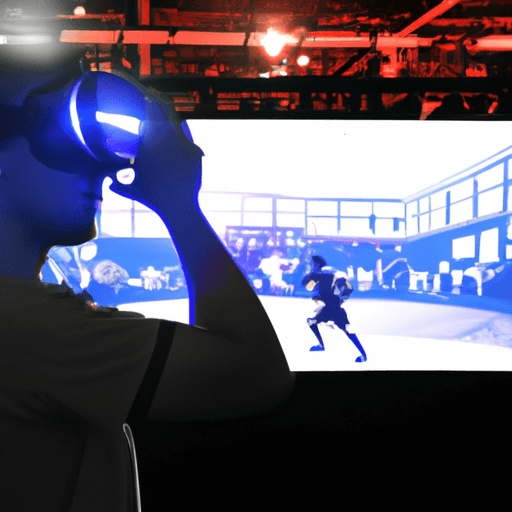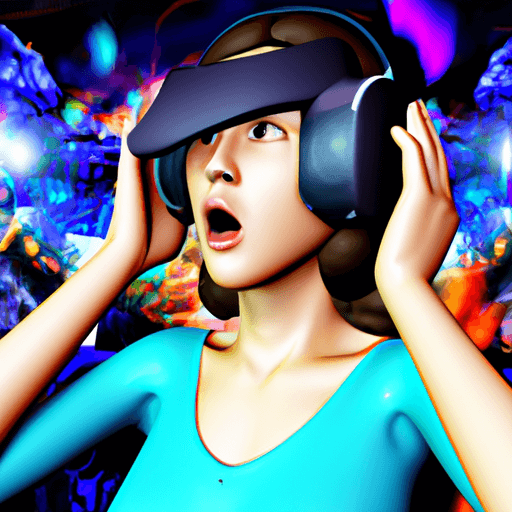Virtual Reality: Reshaping the Landscape of Gaming and Esports
Over the past few decades, the gaming industry has continuously evolved, with Virtual Reality (VR) being one of the most impactful innovations. This transformational technology has dramatically reshaped the gaming landscape, offering enhanced user experiences and opening up a plethora of opportunities for both game developers and players in the gaming and eSports industry. This article explores the influence and implications of virtual reality on these sectors.
The Evolution of Virtual Reality
Virtual reality's inception dates back to the mid-20th century when the first VR headset, known as the “Sword of Damocles,” was introduced. However, it was in the late 80s and early 90s, with the advent of arcade and video games, that VR began to infiltrate the gaming industry. Since then, VR technology has undergone significant advancements, from the introduction of Sensorama and Ivan Sutherland’s Head-Mounted Display (HMD) to the modern-day Oculus Rift and HTC Vive.
Integration into Gaming
VR has revolutionized the gaming industry, transforming it from a sedentary activity into an immersive, interactive experience that engages the player on a whole new level. The integration of VR in games allows players to explore virtual spaces, interact with environments, and feel more connected to the game world. VR has also brought about new gameplay mechanics and narratives, enhancing the playability and engagement of video games.
Revolutionizing Gaming Experiences
VR has exponentially elevated gaming experiences. The hyper-realistic, 3D environments offered by VR technology immerse players into the game world, breaking down the barrier between virtual and reality. For instance, horror games become significantly more terrifying when the world around you is entirely consumed by the game. Meanwhile, action games gain a new level of intensity as every movement, and reaction bears real-world consequences.
Enhanced Player Immersion
With the arrival of VR, player immersion has reached unparalleled heights. The technology stimulates multiple senses to create an authentically engaging experience that grabs and holds players' attention. Virtual reality games often require physical movement, making the play experience feel more real and resulting in a greater emotional investment in the game.
Potential Challenges
Despite its promise, VR gaming also poses significant challenges. High equipment costs, accessibility issues, and potential for motion sickness are major deterrents to more widespread adoption. Additionally, game development for VR is complex, resource-intensive, and time-consuming, posing a significant hurdle for smaller developers and studios.
Impact on eSports
The impact of VR on eSports, though nascent, is incredibly promising. The technology invites an exciting prospect for both competitors and spectators alike. Competitors can train in virtual environments that mimic real-world conditions, while spectators can enjoy unprecedented levels of involvement in watching games.
VR's Future Prospects
Looking into the future, VR technology holds immense potential. We expect to see more hardware advancements to enhance comfort and immersion, as well as a greater number of VR games and related experiences. The integration of VR with other technologies like Artificial Intelligence and machine learning is also imminent. As this technology continues evolving, we can only predict that virtual reality will become an even more integral part of the gaming and eSports industry.





















Comments
Leave a Comment